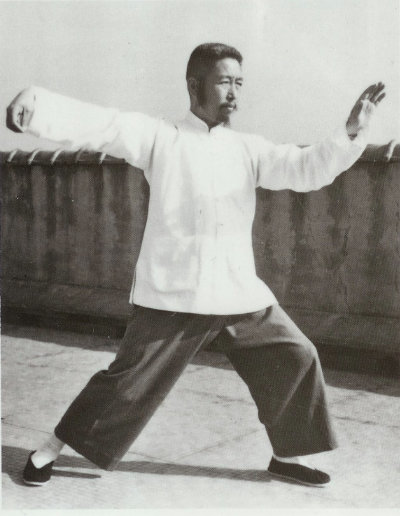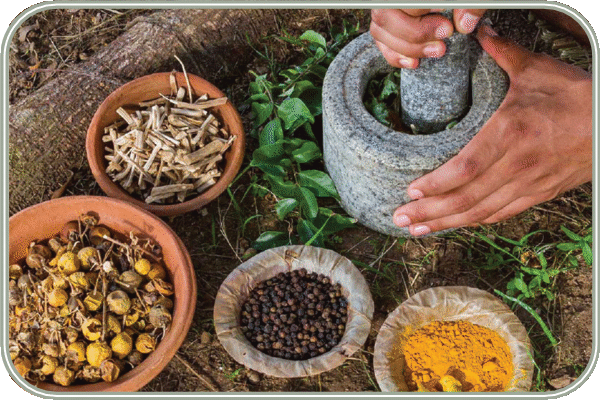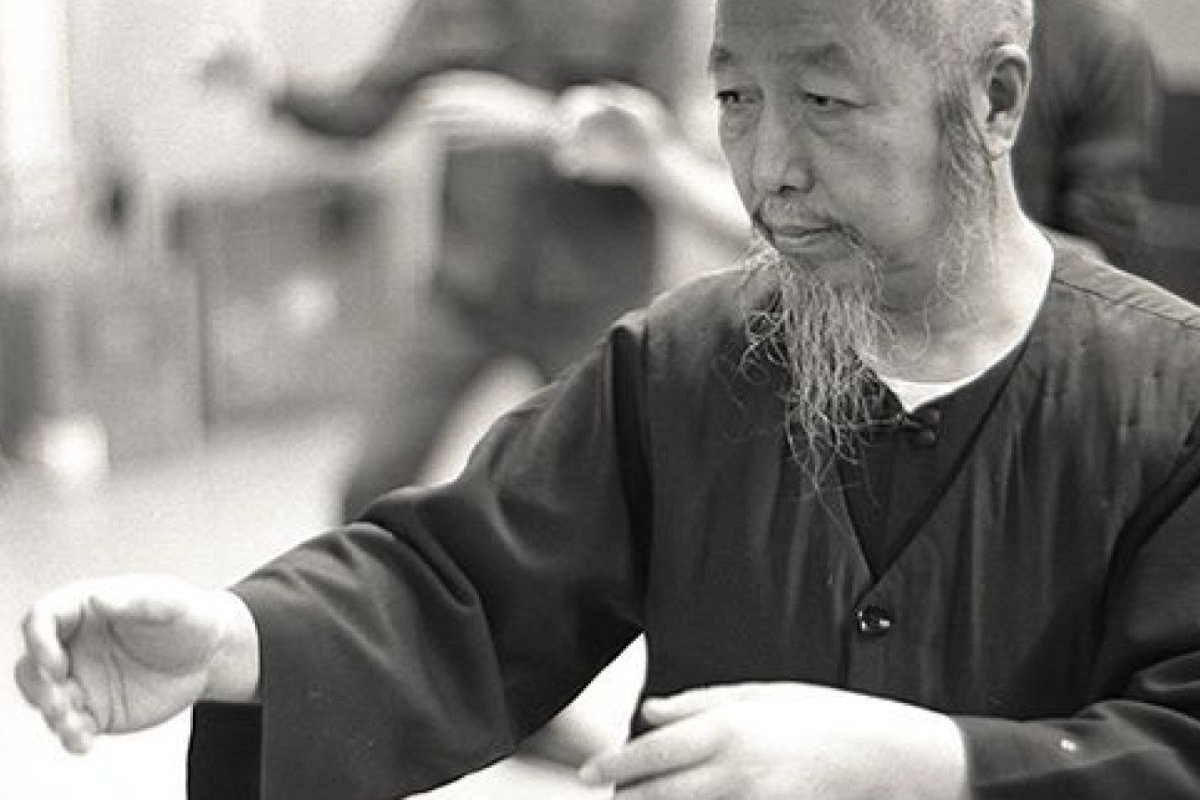The master of the “five excellences”
Of all the modern Tai Chi masters, none has had as much impact as Professor Cheng Man-Ch’ing. He passed away on March 26, 1975, in Taiwan. He is remembered today as the “Master of the Five Excellences” for his mastery of five arts: calligraphy, poetry, painting, medicine, and Tai Chi Chuan.
Cheng Man-Ch’ing was born on July 29, 1902, in Yongjia, China. As a young man, he fell seriously ill with tuberculosis. A local doctor suggested that he practice Tai Chi Chuan as a means of healing. Cheng therefore began studying and practicing Tai Chi. As a result, he completely recovered from his illness.
In his thirties, Cheng became a student of the great Tai Chi Chuan master, Yang Ch’eng-Fu. He studied the Yang form with him from 1928 to 1935, enduring many difficulties to learn this art. Although he himself became a great Tai Chi master, Professor Cheng, with his legendary modesty, always belittled his own skill compared to that of his teacher. He used to say, “If Tai Chi were a human body, all I have is my thumb. My teacher has my whole body!”
Man-Ch’ing created his own form, the 37-step form, inspired by the traditional 108-posture Yang form he had studied with his master.
A Tai Chi School in New York
After a distinguished career as a doctor, senator, and martial artist in Taiwan, Professor Cheng, like many other Chinese martial arts masters and intellectuals, was forced to emigrate to Taiwan. There, he founded the “Shr Zhong,” or “Right Rhythm,” school of Tai Chi. He then left for the United States in 1964, where he opened a Tai Chi school in New York’s Chinatown district.
He returned to Taiwan in 1974 for the publication of his commentary on Lao Tzu’s Tao Te Ching, a work particularly dear to his heart. Once his work was completed, he declared to his loved ones, “If I die, I will have no regrets.”
Today, Cheng Man-Ch’ing’s legacy lives on through his poetry, his paintings, those he healed, and those to whom he taught his teachings, who in turn teach them to students around the world.
The 37-step form

Cheng Man-ch’ing is known in the West primarily for his t’ai chi ch’uan. Here are some of the characteristics of his “Yang style short form” or “37-step form.”
It eliminates most of the repetition of certain movements in the Yang long form. It is much shorter than the Yang long form, taking about ten minutes to complete, compared to twenty to thirty minutes for the Yang form.
The hand and wrist are open but relaxed, what Cheng calls the “beautiful lady’s hand.” The Cheng style is characterized by the “swing and return,” in which the momentum of one movement initiates the next.
These modifications allowed Cheng to teach a larger number of students, including many Westerners, in a shorter time. His short form became extremely popular in Taiwan and Malaysia. Finally, he was one of the first Chinese masters to publicly teach t’ai chi ch’uan in the United States.







0 Comments